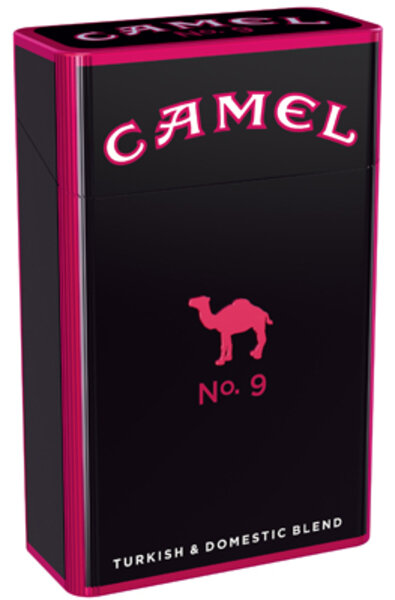New FDA rules restrict tobacco marketing to kids
Loading...
| New York
For the first time, the US government is setting new national rules and regulations on the advertising and marketing of tobacco products.
On Thursday, the secretary of Health and Human Services, Kathleen Sebelius, said the new rules are aimed at cutting the appeal of cigarettes and smokeless tobacco products for children and adolescents.
“The historic rule we are issuing today will help our kids stay healthy and make it harder for the tobacco companies to target them with harmful and addictive products,” said Ms. Sebelius at a press conference in Washington.
The rules will be published on Friday by the US Food and Drug Administration and will go into effect June 22.
The new FDA rules prohibit a fairly wide gamut of tobacco marketing efforts – from sponsorships to free giveaways to the sale or distribution of free hats or T-shirts.
In addition, the rules prohibit the sale of loose cigarettes and the sale of cigarettes in vending machines except in adult-only locations. They also ban tobacco companies from giving away free samples of cigarettes.
The FDA plans to give grants to states to enforce the rules, said Margaret Hamburg, the FDA’s commissioner. She said violators will get warning letters and could receive fines or other civil penalties.
More young people are smoking
The FDA’s efforts come at a time when America is once again losing the battle to prevent kids from smoking. According to the 2008 National Survey on Drug Use and Health, 2.4 million children between the ages of 12 and 17 tried cigarettes for the first time, compared with 1.9 million in 2002 and 2.1 million in 2004.
For every 4,000 children who try a cigarette for the first time, 1,000 become daily smokers, Sebelius said. Surveys have found that 90 percent of smokers start smoking before age 18, the new national minimum age to buy cigarettes set by the new FDA rules, she added.
Public-health advocates call the new federal regulations an important first step, since it applies to all tobacco companies operating in all states.
“It expands significantly the existing restrictions,” says Matthew Myers, president of the Campaign for Tobacco-Free Kids.
Under the 2001 Tobacco Master Settlement Agreement with the states, tobacco companies had agreed to limit their marketing and advertising. However, there were still some gaps.
For example, they were allowed one major sponsorship such as U.S. Smokeless Tobacco Co.'s support of professional rodeo (which ended in 2009). Under the new FDA rules, such sponsorship will be prohibited.
Previous rules being challenged
However, some previous efforts by the FDA to handcuff the industry are being challenged by the tobacco companies in court.
For example, the FDA has proposed restricting store ads, as well as advertisement that run in magazines with large youth readership, to black and white with no pictures. A federal judge in Kentucky, citing First Amendment issues, has ruled against the FDA, which is appealing the ruling.
“If the FDA does not win on appeal, they will modify that rule consistent with the judge’s ruling,” says Mr. Myers.
The FDA had also proposed a ban on billboards within 1,000 feet of a school or playground. That effort is also being challenged.
The marketing restrictions are just the start of FDA's examination of tobacco. On March 30, an expert scientific advisory board will have its first meeting to discuss the role of menthol in cigarettes and whether the FDA should take steps to curtail or eliminate its use.
“There is substantial evidence menthol appeals to young people and plays a role in getting young people to be smokers,” says Myers.
The FDA is also planning to revise the warning labels on cigarettes. On June 22, 2011, the government will publish new rules requiring graphic pictures of the harm smoking does. The new packaging will go into effect 15 months later.
Because many states are running out of money from the tobacco settlements and ending their antitobacco efforts, the FDA’s efforts are especially welcomed by Myers. “The FDA stepping in at this point is really critical,” he says.
Despite these efforts, the tobacco industry is adapting. R.J. Reynolds is advertising its smokeless tobacco product, Camel SNUS, in such publications as Rolling Stone and Nylon, which are popular with young people.
And a recent study by the University of California at San Diego found a significant increase in the number of young girls who could identify a favorite cigarette ad. Their favorite: Camel No. 9's, which have been marketed as “light and luscious.” They're packaged in a pink and black box.





